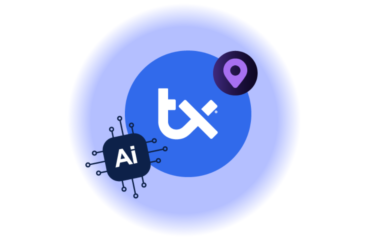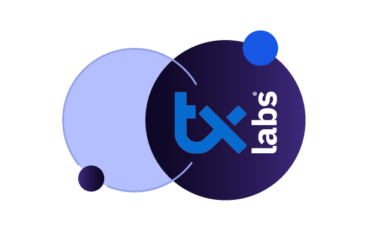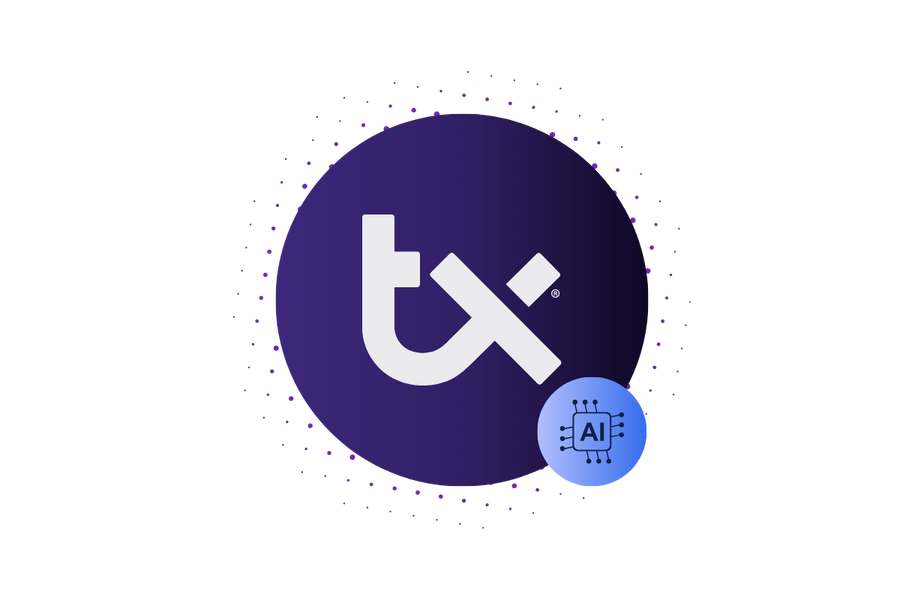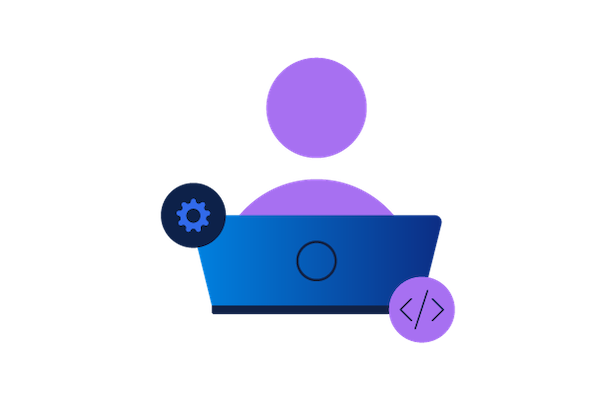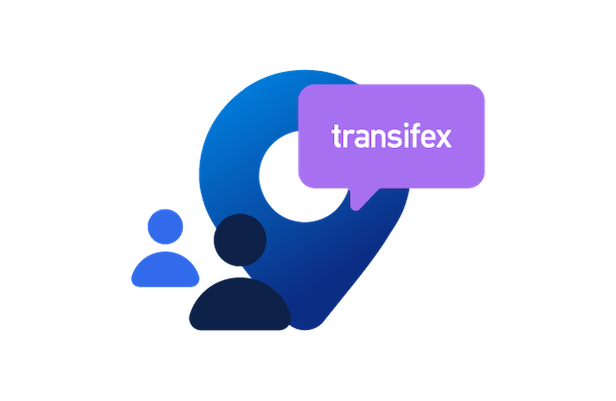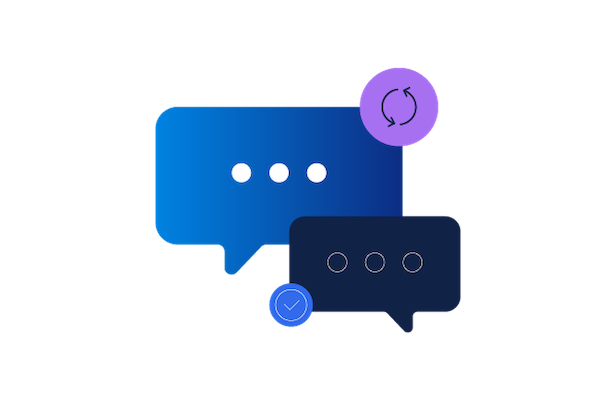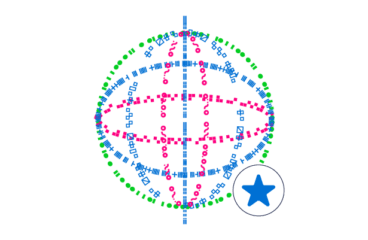
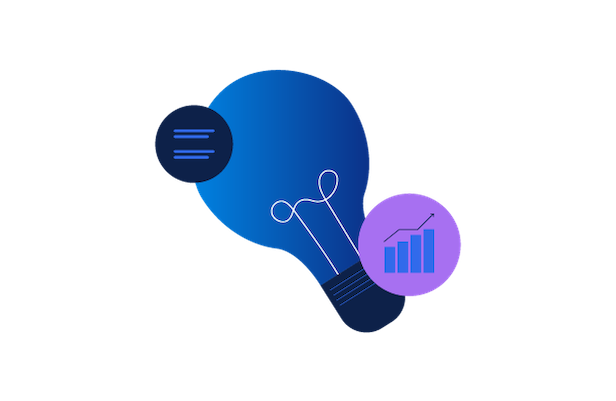
Build vs. Buy: Translation Management Platforms
When it comes to software, businesses are always faced with the challenging decision of whether to build a custom solution to meet company-specific needs and preferences or whether to purchase an out-of-the-box solution that was designed to meet the general needs of most companies. With translation management systems (TMS) or localization platforms, this same build or buy discussion happens frequently.
So what’s the right answer? Quite honestly, there’s not a clear line dictating whether a company should build or buy, but there are key questions that every business should ask themselves and take the time to carefully answer before moving forward with a custom solution or one that is pre-built. We’re diving into these considerations in this post.
How to begin your Translation Management System evaluation
In order to find the right TMS for your business, it will be important to outline what features your company absolutely needs as well as what features are simply a nice to have.
You’ll want to start this process by creating well-defined requirements. These requirements will act as your guiding principles and are a great way to scope out your project and determine a timeline, necessary engineering resources, and available budget. For businesses that aren’t exactly sure how to tackle a TMS evaluation, Wayferry has a free resource that is designed to help businesses evaluate software purchases. It may also be helpful to fill out the build vs buy decision matrix to identify gaps and give priority to specific pain points that your business runs into when translating and localizing your digital content.
Ask for input
It’s also recommended to include as many people as possible in the evaluation process. Different groups within your organization will have different needs, responsibilities, requirements, and expectations for a translation management system. While you won’t be able to satisfy the needs of every group, getting input as early as possible can ensure you choose the path that will make the most sense for your business as a whole.
Key considerations in the build vs buy decision
In addition to finding out your translation and localization pain points, answering the following questions will give you a better idea of whether to build your own TMS or buy.
- Cost – How much is it to build, maintain, and support a TMS, monetarily and otherwise?
- Scope – What are we localizing? An app versus a website? And what teams are responsible for localizing each product?
- Complexity – Does our organization have advanced needs or feature requests?
- Time to benefit – How long will it take before we see returns – whether that’s saved time, increased productivity, or cost savings?
A real-life example
What happens frequently when opting to build a custom translation management system is that you don’t realize you have advanced requirements and feature requests. Let’s use Translation Memory (TM) as an example.
You’ve spoken with your development and marketing teams and both teams require TM to efficiently translate their projects. Yet, once you start building your solution, you realize that TM is defined differently by each team. Your developers have signed off on a basic TM database, while your marketers need a high-quality TM database that uses a concatenated search.
What seemed like a small feature request becomes a more complicated problem as TM with concatenated search is not only difficult to build, but can be even harder to implement. Is it worth spending the time, dollars, and resources to build such a complicated feature in-house? Furthermore, if Translation Memory doesn’t give your company a competitive advantage, do you want to continue investing in the technology, or would you rather opt for a solution that’s ready out of the box?
We don’t expect you to think of every potential issue or feature request, but factoring in the most probable issues, as well as routine maintenance costs and required engineering dependencies, will be key in making your final decision.
The reality of platform flexibility with custom builds
Many businesses lean toward building their own translation management system to obtain benefits like enhanced flexibility and support for highly customized workflows. If you’re a large organization, like Facebook or Twitter, where localization tools are vital to your core business and expansion efforts, building your own solution is probably the way to go. But if you’re a smaller organization, customizing a pre-built solution can provide you with the support you need, leveraging the resources you currently have while staying within your budget.
Limiting scalability and agility
Additionally, when companies opt to build their own solution, it’s assumed that the custom solution will solve every need. That is, after all, the reason it was built in the first place. The reality is, unfortunately, the opposite in most cases.
Companies often have too narrow of a focus on their specific problems which leads to an elaborate set of requirements. The resulting TMS is then highly limited in flexibility. You built your TMS to support requirements for a specific locale, for instance, and when it’s time to expand and add new languages to target secondary markets, all the hard work you spent customizing your TMS now becomes a huge barrier in supporting an expanded set of languages. In the end, you’re preventing your business from being agile as it grows.
Building and buying
In most scenarios, you can’t have your cake and eat it too. But in the translation and localization industry, it’s possible to customize a translation management system to meet your individual requirements and workflow preferences. Look to buy a platform that you can build out to meet your needs, specifically looking to see if the platform:
- Is vendor agnostic – There are many ways to translate content. You can hire a freelance translator, work with a language service provider, or even reach out to your community to pitch in with locale-specific content. Platforms that allow you to use the translators that you’re most comfortable with will give you the most flexibility and provide a solution that meets your requirements in terms of translation quality and consistency.
- Has a customizable API – Some of the most complicated workflows when translating digital content is the collection of translatable strings and the publishing of strings that have already been translated. Buying a TMS with a robust translation API lets you customize how content is detected and delivered back to your multilingual customers, allowing you to maintain as much of your customized workflow as possible.
- Has easy-to-use integrations – Finding a TMS solution that has pre-built software integrations to connect your website or application with the tools you already use will give you the flexibility needed to support all of the multilingual aspects of your business. Look out for integrations with popular repositories like Github or CMS platforms like WordPress and Drupal.
The ability to offer your product or service in multiple languages should be a competitive advantage that also allows you to better engage your multilingual users. Don’t let it become a cost center that bottlenecks your localization efforts.
Still have questions about buying a translation management platform? Read our Understanding & Evaluating Translation Management Systems guide.

